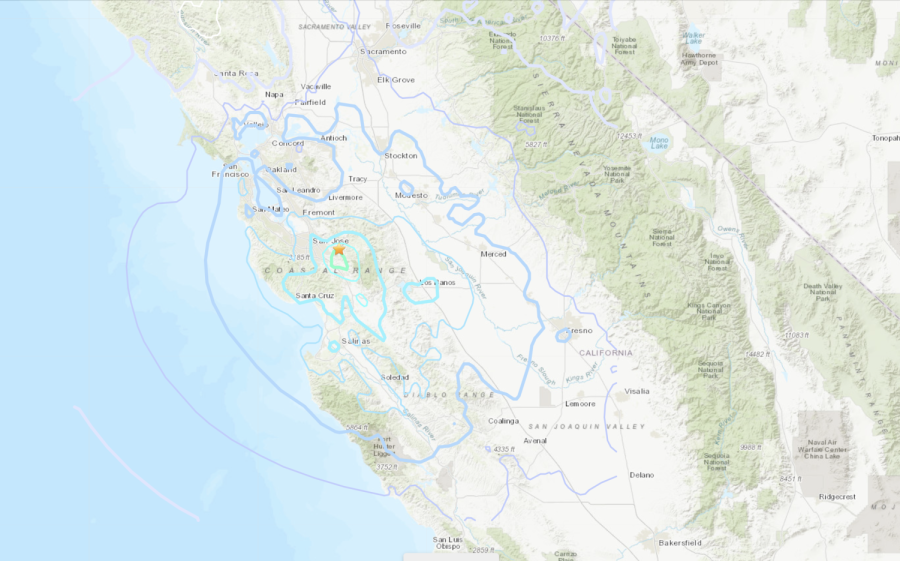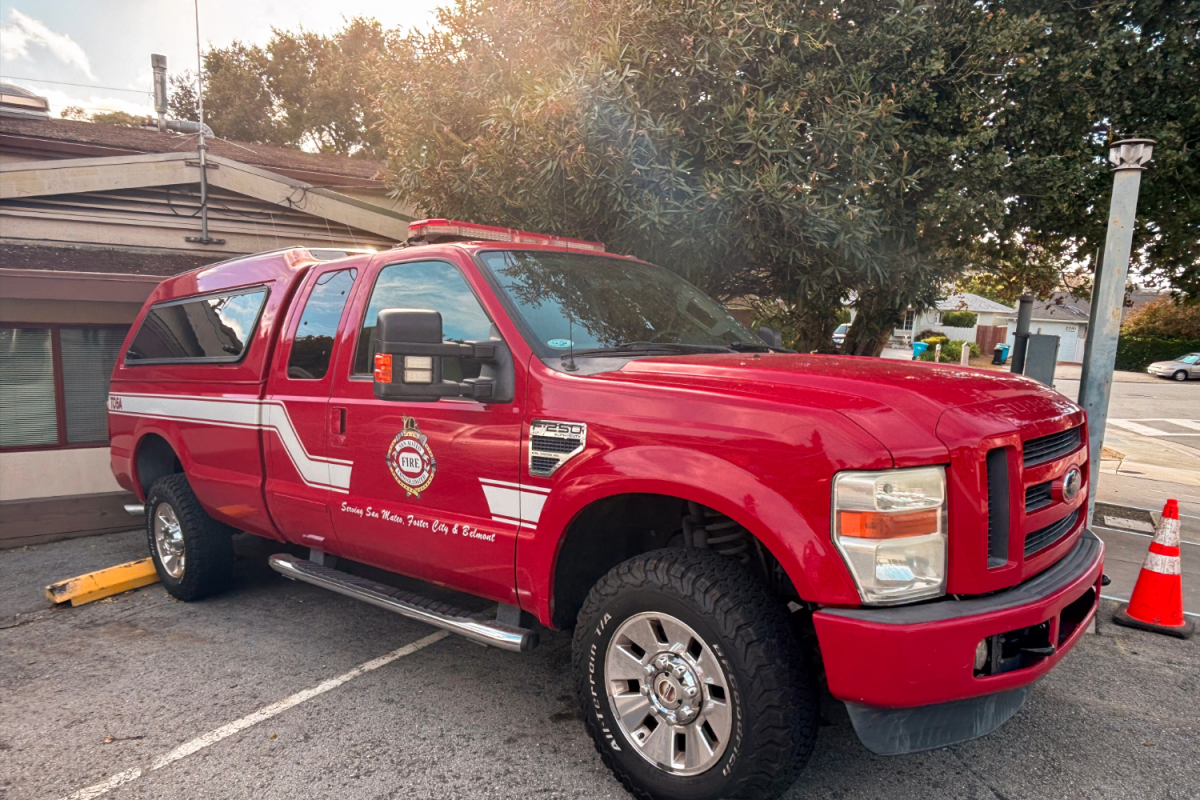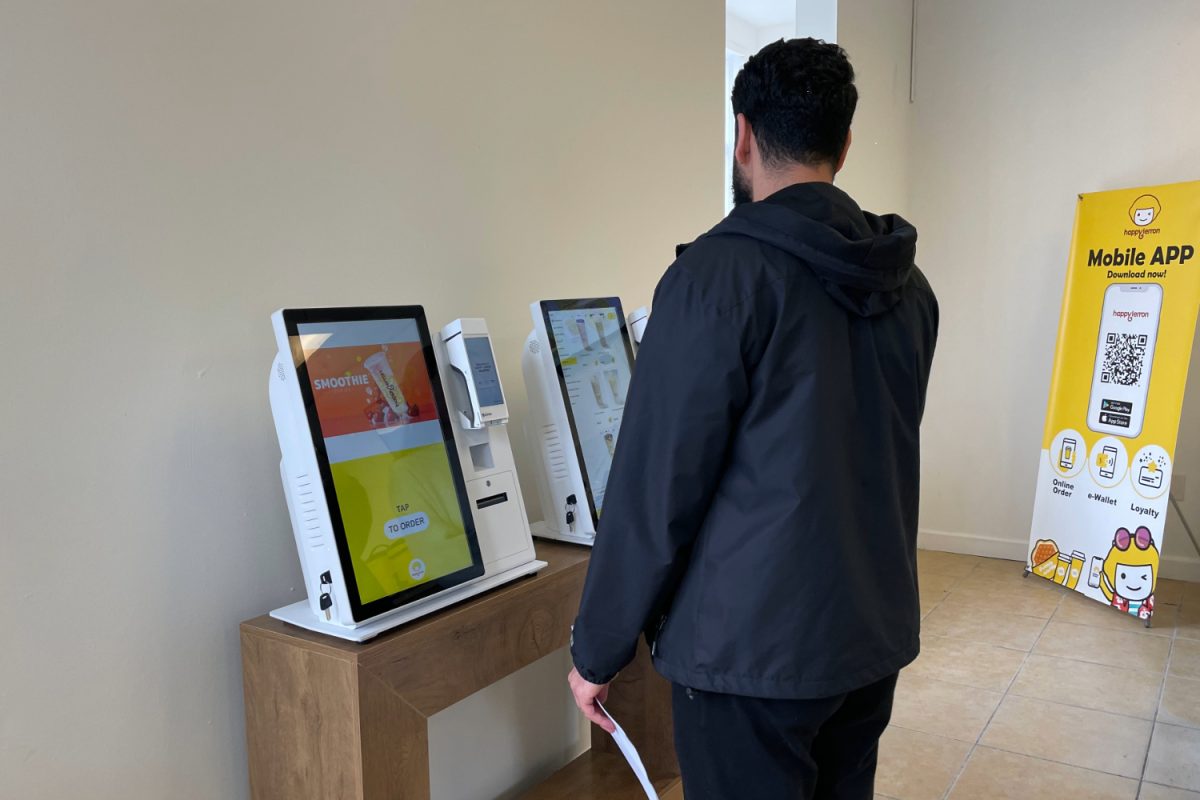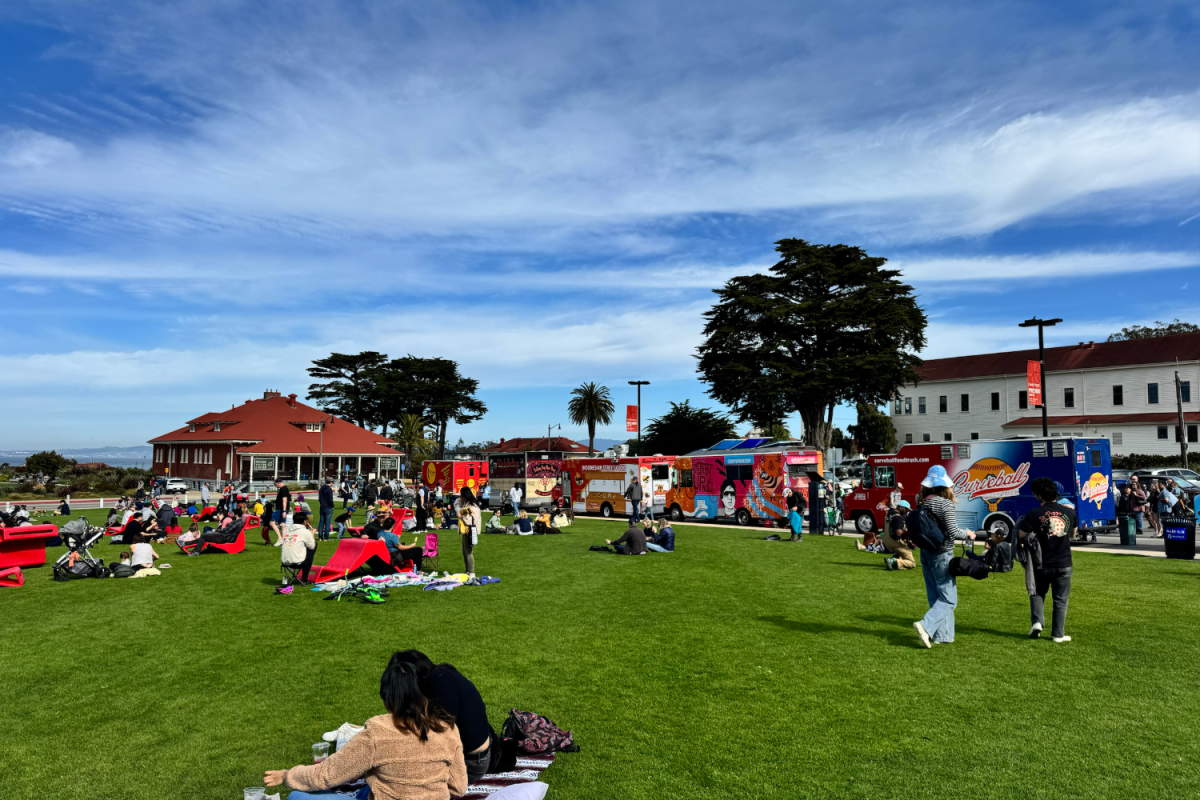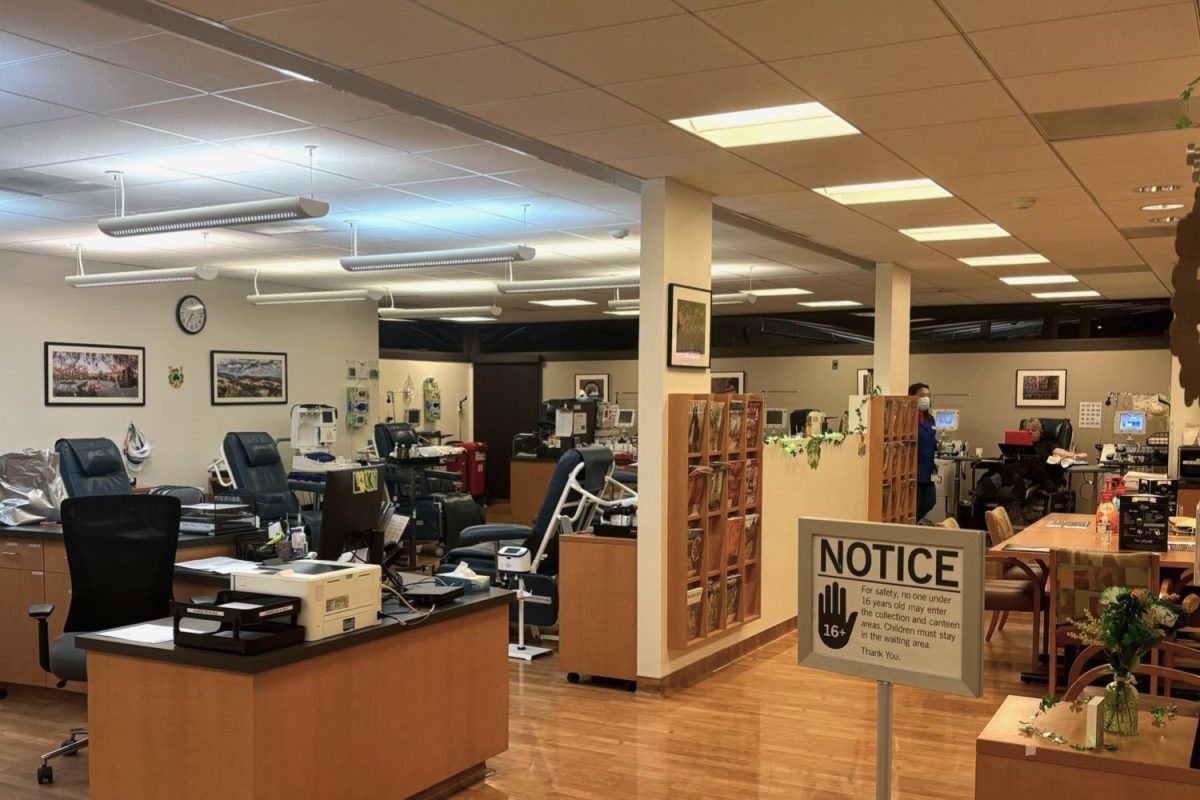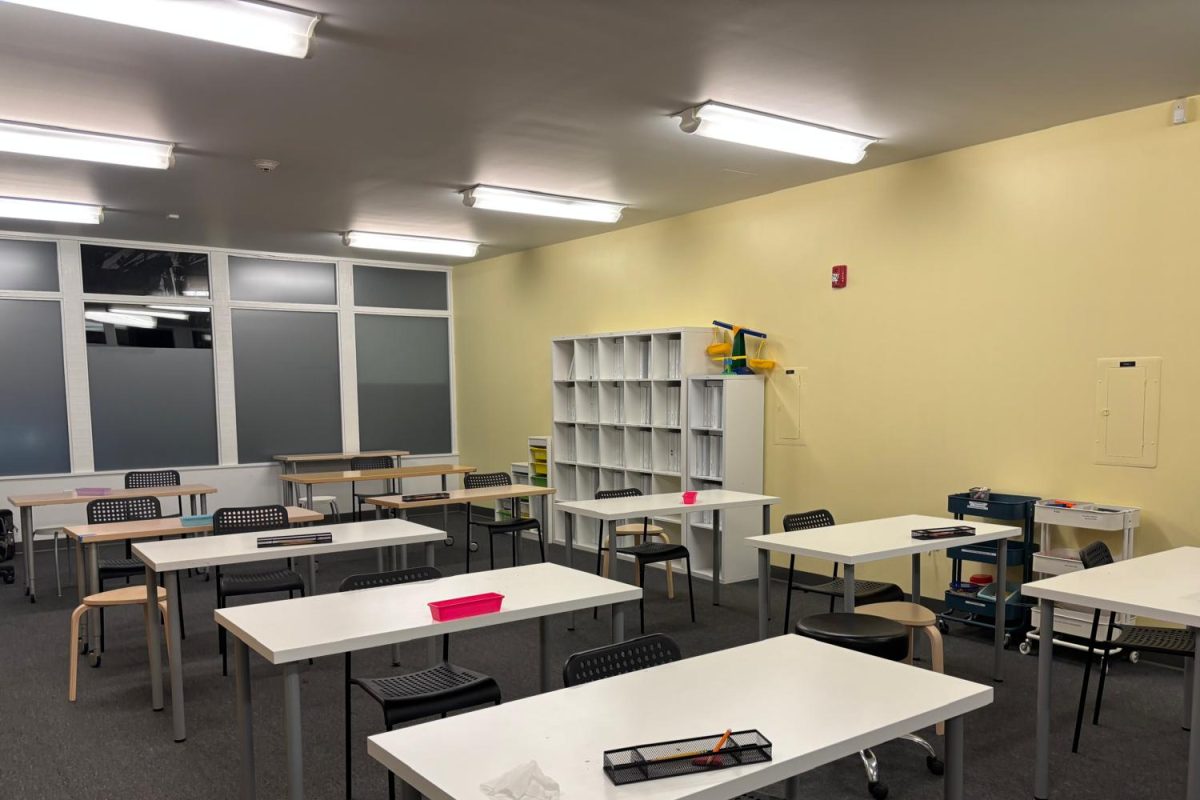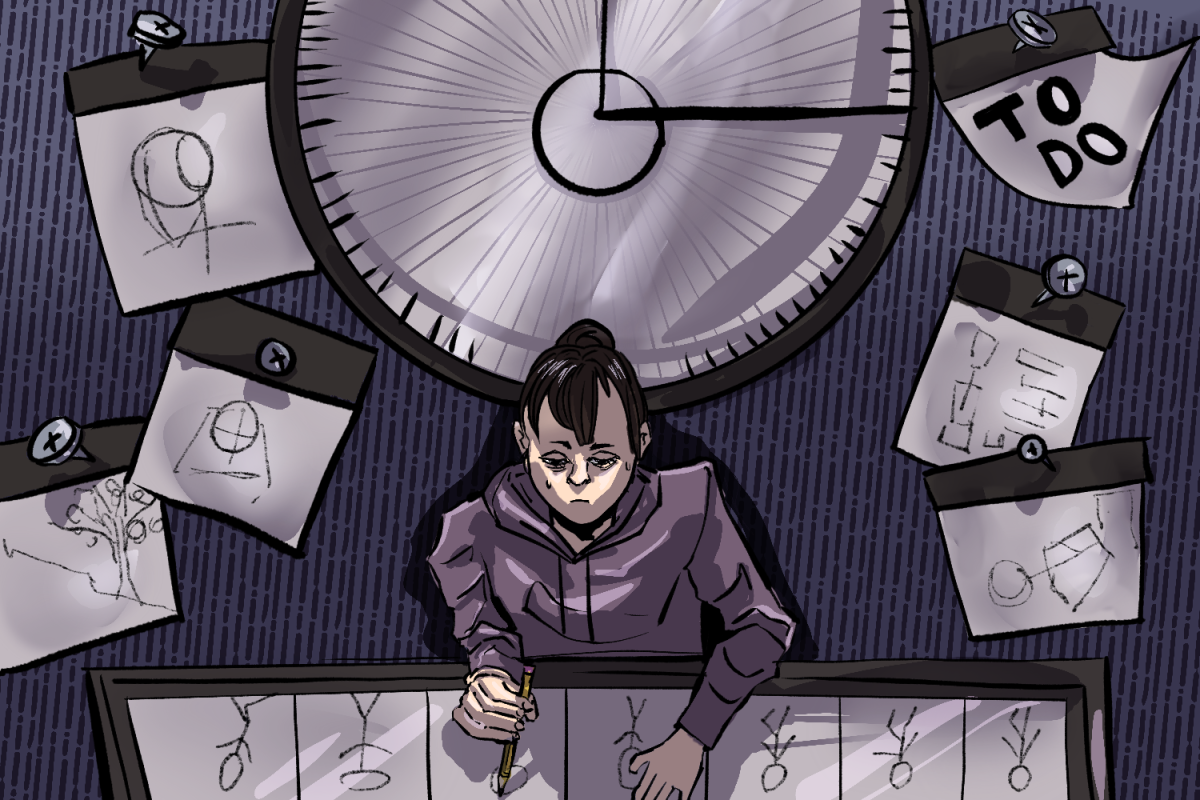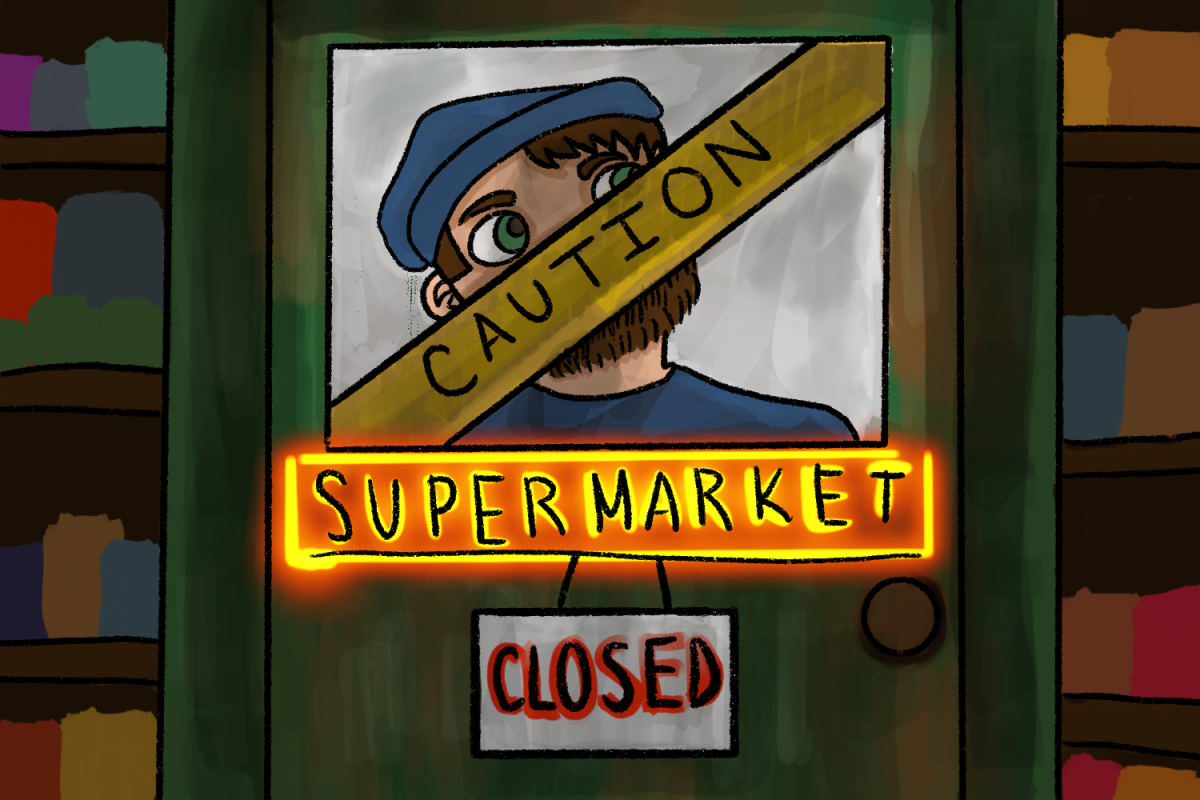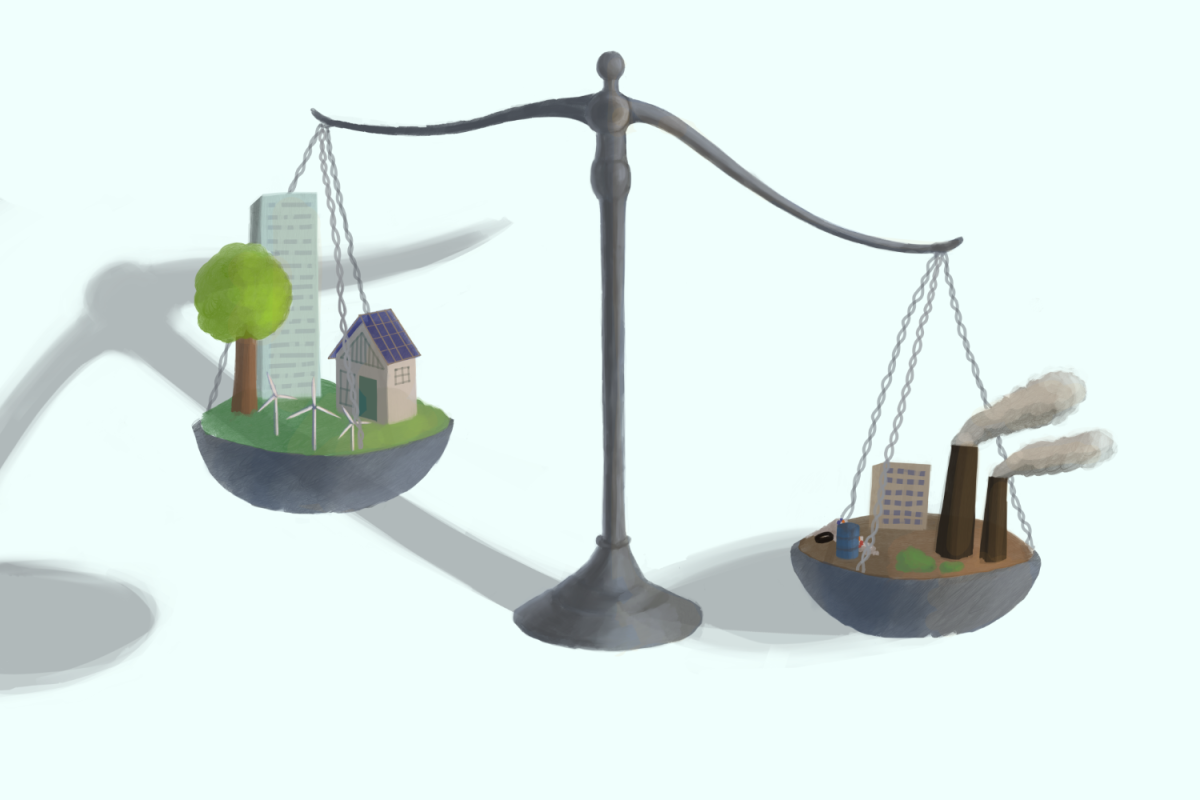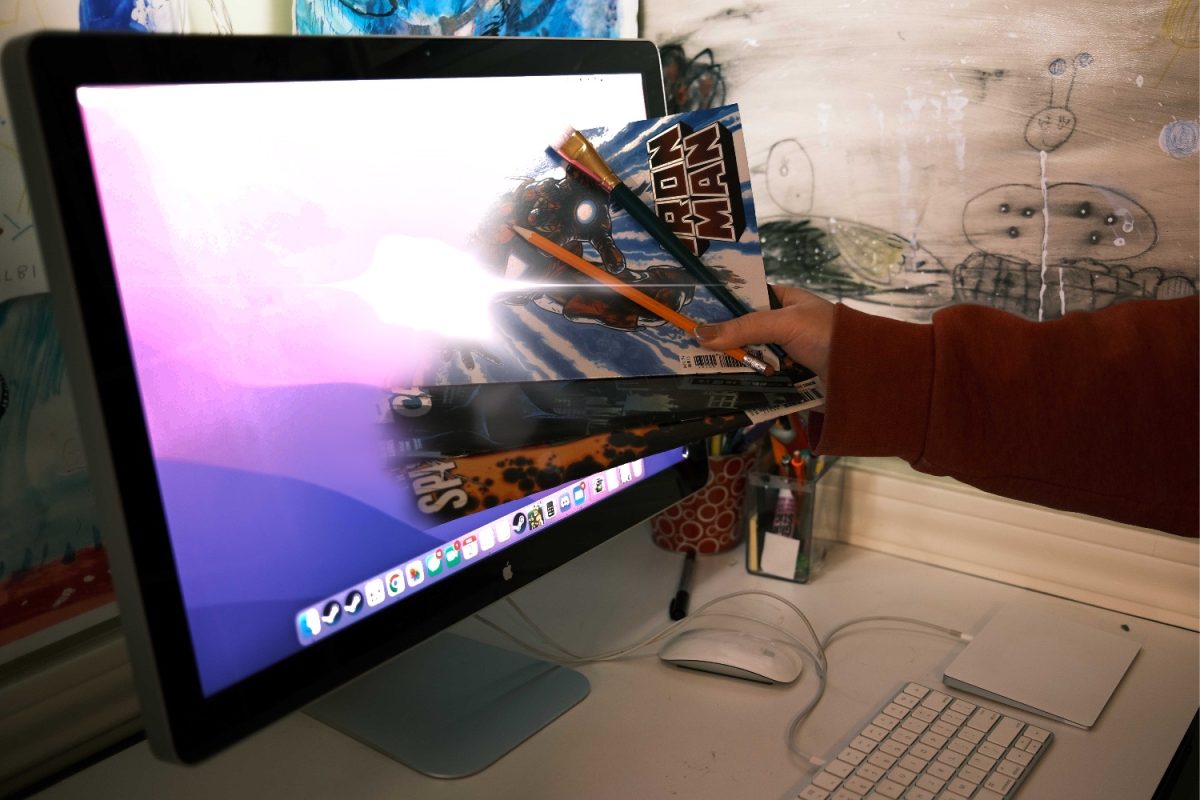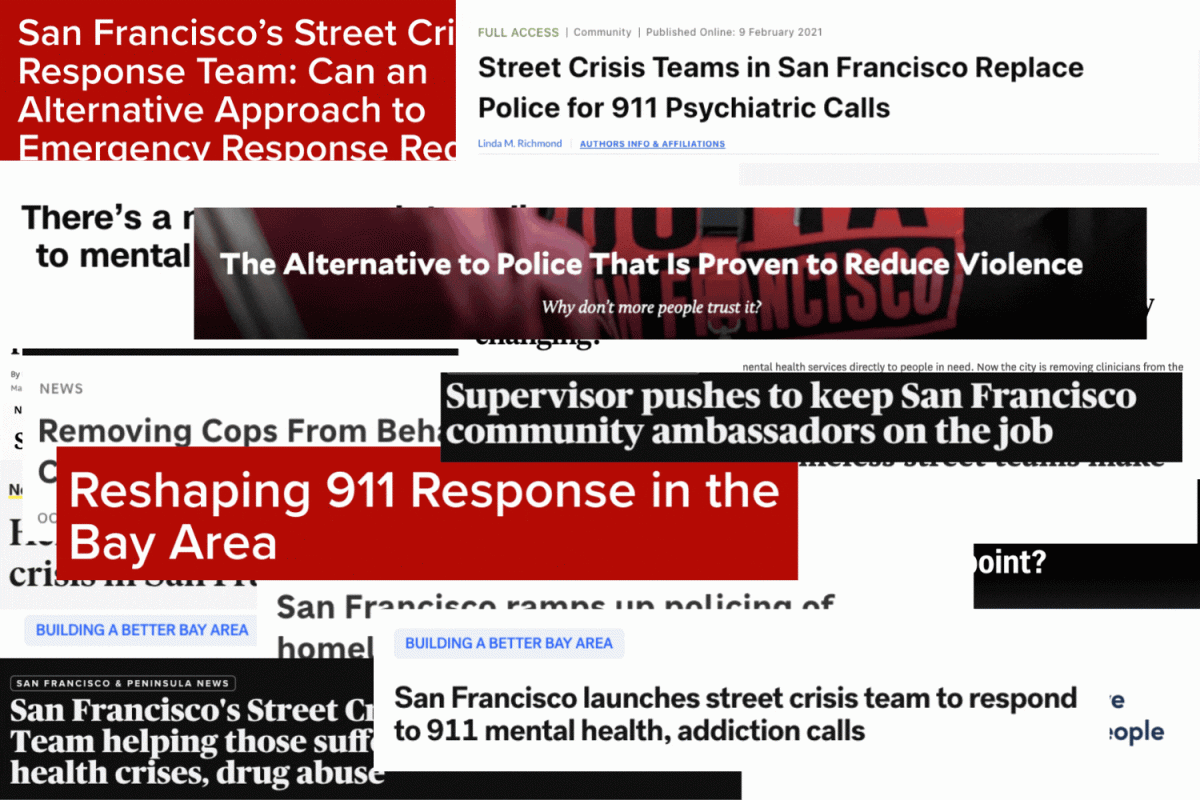A 5.1 magnitude earthquake shook the Bay Area at 11:42 a.m. on Tuesday, Oct. 25.
The earthquake’s epicenter was approximately 12.3 miles east of San Jose, Calif., according to the US Geological Survey (USGS). The quake ran along the Calaveras Fault zone.
Minutes after the initial quake, a 3.1 magnitude aftershock occurred. At 3:08 p.m., the second aftershock of magnitude 3.6 was reported.
Authorities have not identified any damage or casualties following the earthquake.
“As of last night, preliminary reports did not indicate significant damage or injuries. So far, it looks like we have avoided any major damage,” said Jon Gudel, a Public Information Officer at the California Governor’s Office of Emergency Management (Cal OES).
Vyasa Shastry, a San Jose resident, was working in his apartment building downtown when the earthquake struck.
“I was typing on my computer when my apartment started to shake. It felt like being in a rickety bus in the country, and the ground was shaking almost like a washing machine,” Shastry said.
Shastry and his wife weren’t sure how to react following the earthquake so they headed outside.
“Many people in our apartment building were outside too, asking ‘Was that an earthquake?’ Nothing in our apartment had fallen down or broken at all,” Shastry said
Santa Cruz County and the San Francisco Fire Department stated that no significant damage had been reported. Meanwhile, both the Santa Clara County and the San Jose Fire Department announced that no emergency calls were made related to the earthquake.
Immediately after the earthquake, the Cal OES team evaluated how the state would respond alongside local partners.
“This includes coordinating with local police and fire personnel to evaluate any potential impacts, such as roofs, foundations, and infrastructure at sensitive sites like schools and hospitals,” Gudel said.
Additional information about the earthquake was reported via the University of California, Berkeley’s MyShake app. There have been around 9,500 “earthquake experience reports,” in which around 7,500 people reported feeling light to severe shaking. Only 50 reports of minor building damage have been logged throughout the Bay Area via the app.
The Oct. 25 earthquake was the largest one in the Bay Area since the 6.0 magnitude quake in Napa in 2014. Nonetheless, Austin Elliott, an earthquake researcher at the USGS Earthquake Science Center, says it remains a “moderate” earthquake in terms of damage and shaking. Apart from those at the epicenter, most reported feeling only light trembling.
“If the epicenter had been beneath a city instead of up in the mountains, we would have expected a little more light damage– like things toppling from shelves and breaking,” Elliott said.
Dozens of faults run along the plate boundary in the Bay Area. The major faults are the infamous San Andreas along the peninsula, the Hayward, and the Calaveras which was responsible for the Oct. 25 earthquake.
“The Calaveras moves at a similar rate to the Hayward fault and may be just as capable of producing large earthquakes. It’s less threatening than the Hayward because it runs beneath fewer cities,” Elliott said.
Following the earthquake, many public transit agencies had to halt transportation. The Bay Area Rapid Transit (BART) paused all train transportation to conduct safety inspections.
“Except up to a 20-minute delay through 6:15 a.m. on some Transbay trips in both directions due to ongoing earthquake retrofit work in the Transbay tube,” stated BART via Twitter.
At 12:21 p.m, BART announced that no damage was found during track inspections.
The Santa Clara Valley Transportation Authority and Caltrain were also operating at reduced speeds yesterday.
On Carlmont High School’s campus, there is no apparent damage inflicted by the earthquake, according to Carlmont’s administrative vice-principal, Gregg Patner.
“There doesn’t appear to be any damage to our facilities, but to be extra cautious, our amazing custodial crew are assessing for any damage,” Patner said via an email to Carlmont staff.
Sequoia Union High School District Superintendent, Dr. Darnise Williams, followed up in an email to the community.
“We are pleased to report that all students and staff remained safe during and after the event; and, at this time, there is no immediate reported damage to our school and district facilities,” Dr. Williams said.
Gudel, with Cal OES, noted that nearly 100,000 individuals received advance notifications before the earthquake hit thanks to the early warning system, ShakeAlert. Those near the epicenter received the notice two seconds in advance; those as far as San Francisco received it in 18 seconds.
“The early warning system worked very well in the Oct. 25 earthquake,” Gudel said.
The early warning system can help individuals find safer locations moments before the quake. According to the ShakeAlert website, the notification gives people enough time to drop and cover under a desk, slow trains and taxiing planes, prevent cars from driving through bridges and tunnels, move away from dangerous machinery, and shut down industrial systems.
“Earthquakes of this size only come around every decade or so here, so it’s a good reminder to be ready. I always suggest thinking: would you have been ready to cope if it had been a magnitude seven instead of a five? What would you have liked to do differently or have ready?” Elliott said.
Elliott emphasizes that this earthquake doesn’t eliminate the risk of a following one in this decade. The time between earthquakes is unpredictable. They can cluster together or spread wide apart.
“We’ve had a magnitude five earthquake, but that doesn’t mean we’re done for the decade,” Elliott said.
Updated Oct. 26, 2o22 at 10:02 p.m. PDT

